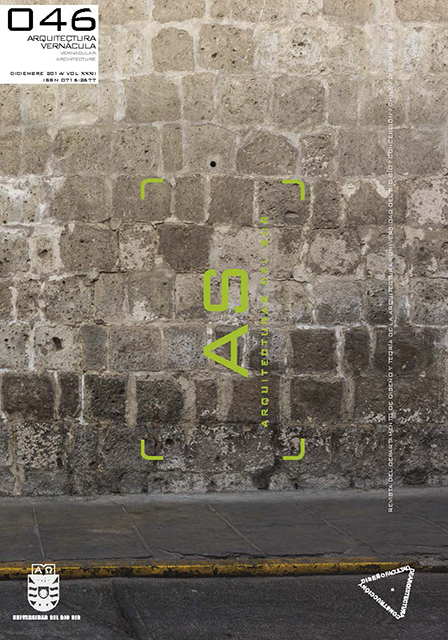Seismic cultures: Vernacular earthquake-resistance strategies in chilean architectural heritage
Keywords:
Vernacular architecture, earthquake-resistant construction, architectural heritage, earthquakesAbstract
In recent decades there has been an increasing interest in the study of vernacular architecture due to its environmental and cultural value. Together with this, local knowledge in its origin is now considered important intangible heritage from which important lessons for contemporary living can be drawn. In highly seismic areas, the design and building solutions of traditional architecture constitute valuable “vernacular knowledge of earthquake resistance,” which according to recent studies is called “local seismic cultures.” As Chile is one of the most seismic countries in the world, the study of its vernacular architectural heritage from the point of view of earthquake-resistance is an important legacy to uncover. This article aims to make public part of the initial progress of FONDECYT Initiation research project number 11130628, entitled “Rediscovering Vernacular Earthquake-resistant Knowledge: Identification and analysis of built best practice in Chilean masonry architectural heritage.”-resistant Knowledge: Identification and analysis of built best practice in Chilean masonry architectural heritage.”
Downloads
Downloads
Published
How to Cite
Issue
Section
License
The content of the articles published in each issue of Arquitecturas del Sur is the sole responsibility of the authors and does not necessarily represent the opinion of University of the Bío-Bío.
The authors will maintain their copyright; however, they will guarantee the journal the right to first publication and dissemination of their work. The publication of the article in Arquitecturas del Sur will be subject to the Creative Commons International license (CC BY-SA) that allows others to adapt: remix, transform and build on the material for any purpose, even commercially; share: copy and redistribute the material in any medium or format, as long as the authorship and first publication in this journal are acknowledged by citing them correctly, and their new contributions are under a license with the same terms.














 Programa de Información Científica/Concurso Fondos de Publicación de Revistas Científicas 2018/ Proyecto Mejoramiento de Visibilidad de Revistas UBB (Código:FP180007)
Programa de Información Científica/Concurso Fondos de Publicación de Revistas Científicas 2018/ Proyecto Mejoramiento de Visibilidad de Revistas UBB (Código:FP180007) 
